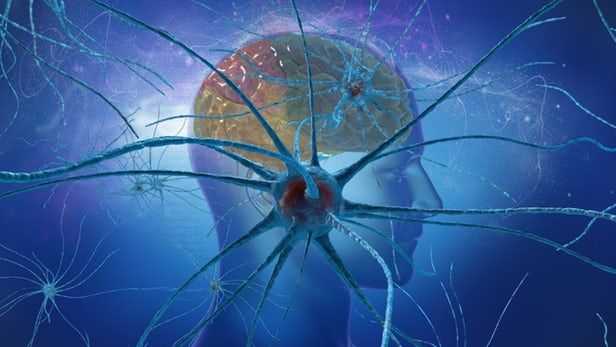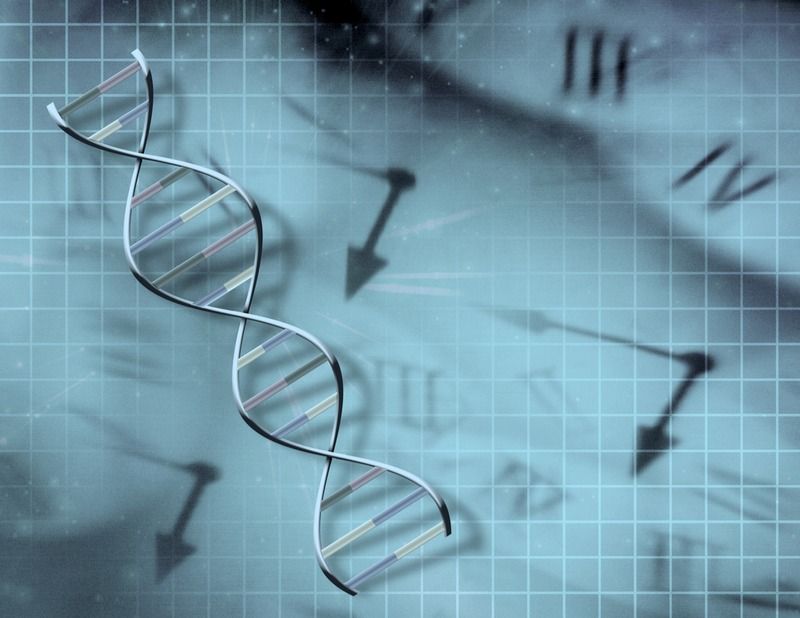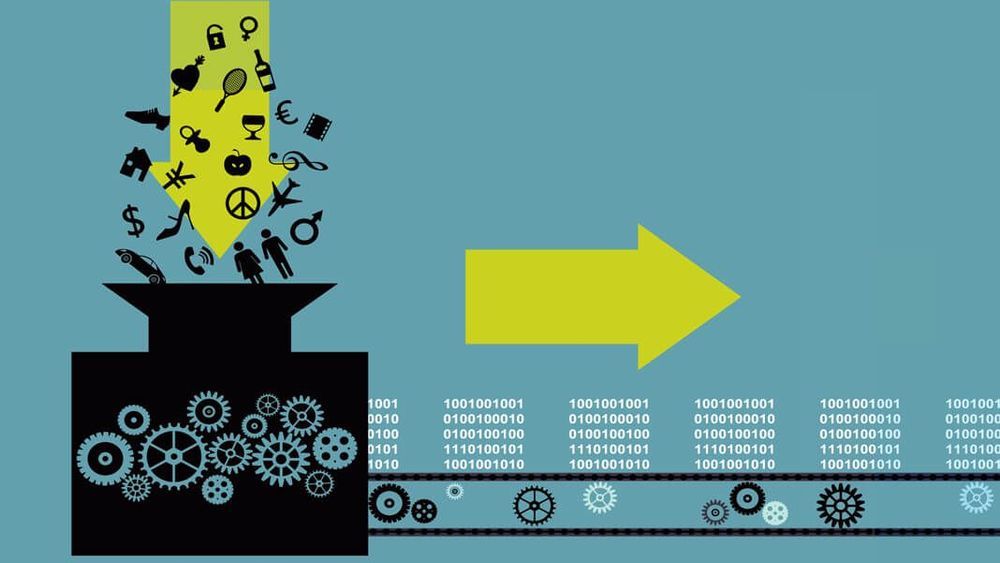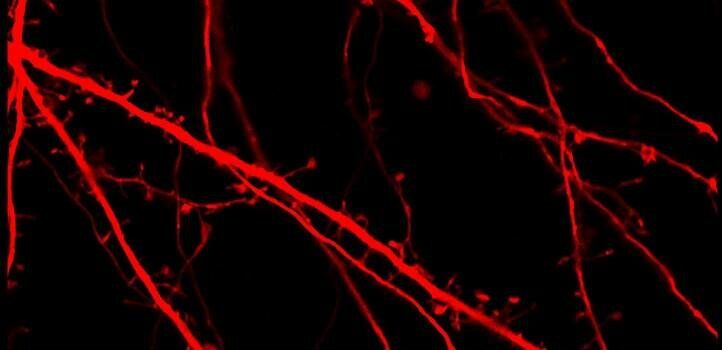Page 8147
Feb 15, 2019
China Is Building a Solar Power Station in Space
Posted by Genevieve Klien in categories: solar power, space, sustainability
Beam Me Down
Needless to say, the biggest problem for a floating power plant is figuring out how to get the energy back down to Earth.
The scientists behind the project are still sorting that part out. But right now, the plan is to have solar arrays in space capture light from the sun and then beam electricity down to a facility on Earth in the form of a microwave or a laser, according to The Sydney Morning Herald.
Feb 15, 2019
DARPA Wants to Solve Science’s Reproducibility Crisis With AI
Posted by Genevieve Klien in categories: robotics/AI, science
Social science has an image problem—too many findings don’t hold up. A new project will crank through 30,000 studies to try to identify red flags.
Feb 15, 2019
‘Reverse trick’ for LEDs could keep future computers cool
Posted by Genevieve Klien in categories: computing, futurism
Running LEDs with electrodes in reverse can cool nearby devices, which could come in handy for smaller, faster computers.
Feb 15, 2019
The Mars Gravitational Area will give 30% of earths gravity to our guests for those who choose not to travel to the red planet
Posted by Klaus Baldauf in category: space

https://youtube.com/watch?v=IW9A-uWM0JU
The Mars Gravitational Area will give 30% of earths gravity to our guests for those who choose not to travel to the red planet. The MGA have 4–5 decks and will be the only area offering permanent habitation on the Gateway.
Reset Learn More
Feb 15, 2019
New Aging Clock Accurately Predicts Biological Age
Posted by Steve Hill in categories: biological, life extension
Researchers at the Harvard T.H. Chan School of Public Health have discovered a new aging clock that can accurately determine both chronological and biological age in a wide variety of species.
Aging and the nucleolus
There are two kinds of age: chronological age, which is strictly the number of years that something has lived, and biological age, which is influenced by diet, exercise, environment, and similar factors. Biological age is the superior measure of true age and is an accurate predictor of all-cause mortality.
Continue reading “New Aging Clock Accurately Predicts Biological Age” »
Feb 15, 2019
Safer-by-Design Fluorescent Nanocrystals: Metal Halide Perovskites vs Semiconductor Quantum Dots
Posted by James Christian Smith in categories: particle physics, quantum physics, solar power, sustainability
Despite the young age of the research field, substantial progress has been made in the study of metal halide perovskite nanocrystals (HPNCs). Just as their thin-film counterparts are used for light absorption in solar cells, they are on the way to revolutionizing research on novel chromophores for light emission applications. Exciting physics arising from their peculiar structural, electronic, and excitonic properties are being discovered with breathtaking speed. Many things we have learned from the study of conventional semiconductor quantum dots (CSQDs) of II–VI (e.g., CdSe), IV–VI (e.g., PbS), and III–V (e.g., InP) compounds have to be thought over, as HPNCs behave differently. This Feature Article compares both families of nanocrystals and then focuses on approaches for substituting toxic heavy metals without sacrificing the unique optical properties as well as on surface coating strategies for enhancing the long-term stability.
In the early 1980s the quest for novel photocatalysts, fueled by the oil crisis in the preceding decade, led to the discovery of semiconductor quantum dots. Pioneering works by Efros, Brus, and Henglein showed both experimentally and theoretically that the reduction of size of semiconductor particles (e.g., CdS) down to the nanometer range induces a significant change in their band gap energy.(1−3) The underlying quantum confinement effect, occurring when the nanocrystal size is (significantly) smaller than twice the exciton Bohr radius of the semiconductor material (Table 1), leads to an increase, scaling with 1/r, of the band gap energy. It also gives rise to the appearance of discrete energy levels at the place of continuous valence and conduction energy bands. In the same period Ekimov as well as Itoh and co-workers observed quantum confinement in small CuCl crystallites embedded in a glass or a NaCl matrix.
Feb 15, 2019
Exponential Medicine
Posted by James Christian Smith in categories: biotech/medical, health
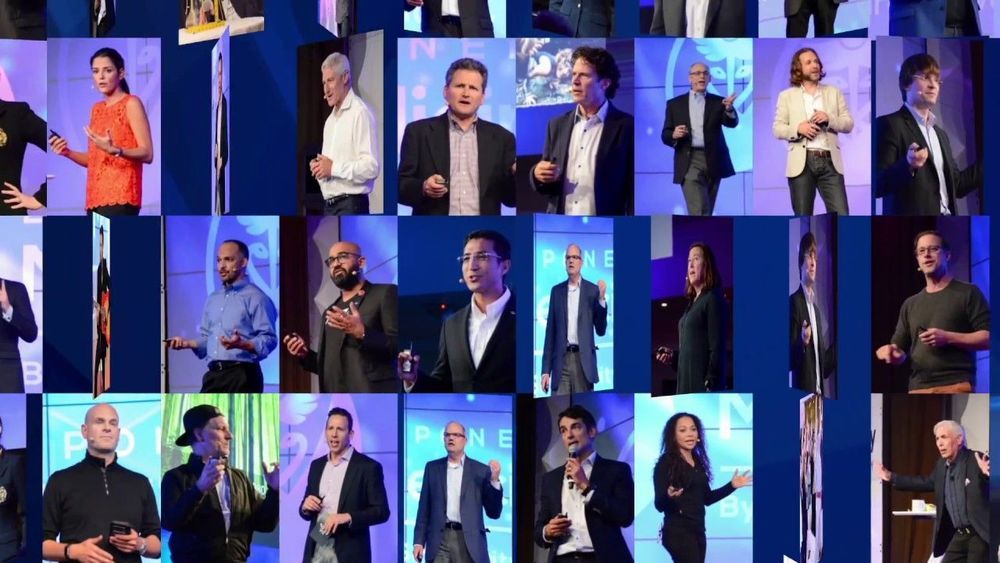
Medicine is a unique and intensive four-day experience that gathers world-class faculty, innovators and organizations from across the biomedical and technology spectrum to explore and leverage the convergence of fast moving technologies in the reinvention of health and medicine.
Our home in San Diego at the iconic Hotel del Coronado is the magic X-factor in building connections and catalyzing deeper-than-usual conversation among faculty and participants. We make full use of one of America’s most beautiful seaside resorts; its history beautifully complements the future-focus of Exponential Medicine.
Feb 15, 2019
Combine AI With Crowdsourcing and What Do You Get? Turbocharged Innovation
Posted by James Christian Smith in categories: innovation, robotics/AI
A great analogy can often be the key to innovation, making it possible to transfer knowledge from one domain to another. Now researchers have shown that rather than relying on eureka moments, crowdsourcing and AI can dramatically speed up the search for these parallels.
Examples of analogies leading to major breakthroughs range from Edison’s early work in motion pictures to Kepler’s elucidation of the laws of planetary motion. But being able to strip away superficial differences and understand the underlying similarities between solutions to diverse problems has so far largely relied on individual genius.
That doesn’t need to be the case, though, according to the authors of a recent paper in PNAS. By splitting the task up and leveraging the strengths of both crowdsourcing and AI, they were able to find novel analogies that could help solve a variety of problems in creative ways.
Continue reading “Combine AI With Crowdsourcing and What Do You Get? Turbocharged Innovation” »
Feb 15, 2019
Lactate triggers genes that modify brain activity
Posted by Mike Ruban in categories: biotech/medical, neuroscience
A genome-wide study led by Dean Pierre Magistretti sheds light on the mechanisms through which lactate regulates long-term memory formation and neuroprotection.
The breakdown of sugar in non-neuronal brain cells, called astrocytes, produces lactate, which gets shuttled to neurons as a source of energy. This lactate not only supports the energy demands of neurons, but also rapidly and transiently activates multiple genes that modulate neuronal activity and regulate brain function.
Previous studies have shown that lactate stimulates the expression of genes encoding proteins involved in neuronal activity by signaling through N-methyl-D-aspartate (NMDA) receptors. Magistretti’s latest study reveals the extent to which lactate modifies gene expression in cortical neurons and also points to the mechanisms through which lactate modulates brain function.
Continue reading “Lactate triggers genes that modify brain activity” »
